Long years of Experience we have made in hazardous area industries. Several cases we have given management and support to similar industries, where safety is with high importance.
As leader or expert we have been invited to many process safety meetings, where we could utilize our experience about Ex compliance and that framework (defined by Ex compliance) has given a valuable path to all Process Safety meetings.
The intention of this writing is to highlight related issues to scope of Process Safety vs Ex compliance.
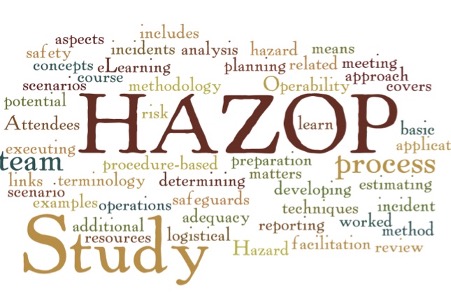
Hazardous areas are classified into Zones 0, 1 and 2 for gases and vapours according to EN / IEC 60079-10-1, and into Zones 20, 21 and 22 for dusts according to EN / IEC 60079-10-2 in order to facilitate the selection of appropriate electrical equipment and the design of suitable electrical installations.
Electrical and non.electrical equipments should, as far as is reasonably practicable, be located in non-hazardous areas. Where it is not possible to do this, it should be located in an area where an explosive atmosphere is least likely to occur.
Electrical and non.electrical installations in hazardous areas shall also comply with the appropriate requirements for electrical and non.electrical installations in non-hazardous areas. However the requirements for non-hazardous areas are insufficient for installations in hazardous areas. The combination of electrical and non.electrical installations we shall consider either assembly or machinery (technology).
Where additional protection is required to meet other environmental conditions, for example, protection against ingress of water and resistance to corrosion the method used shall not adversely affect the integrity of the equipment. Electrical equipment and materials shall be installed and used within their electrical ratings for power, voltage, current, frequency, duty and such other characteristics where non-conformity might jeopardize the safety of the installation. In particular, care shall be taken to ensure that the voltage and frequency are appropriate to the supply system with which the equipment is used and that the temperature classification has been established for the correct voltage, frequency and other parameters.
All electrical and non.electrical equipments and wiring / piping in hazardous areas shall be selected and installed inclusive the additional requirements for the particular type of protection.
Installations should be designed and equipment and materials installed with a view to providing ease of access for inspection and maintenance
(EN / IEC 60079-14 and -17).

Worksafety determines Hazop / FMEA / What If meetings as necessary step for Process Safety.
Ex compliance is an input data to Hazop meetings in case of process safety (same goes for FMEA in case of machineries). Process Safety meetings can be carried out whether in existing facility or in detailed design stage of the facility. In both ways EPD (or relevant documentation) shall be always a valuable input for these risk assessment activities which is related to process safety.
In European Union an explosion protection documentation (EPD) shall be created to describe the normal operation of recent hazardous areas with all possible options (elsewhere similar documentation shall be there). Any deviation shall be considered as major change, which may result an immeadiate update on EPD (or similar) including MoC (management of change) related to Ex compliance. The mandatory lifetime tracking of explosion protection related to installation, assembly, but technology and process too shall be additional input to Process Safety Meetings related to process safety.
The explosion protection document (EPD) shall be drawn up prior to the commencement of work and be revised when the workplace, work equipment or organisation of the work undergoes significant changes, extensions or conversions.
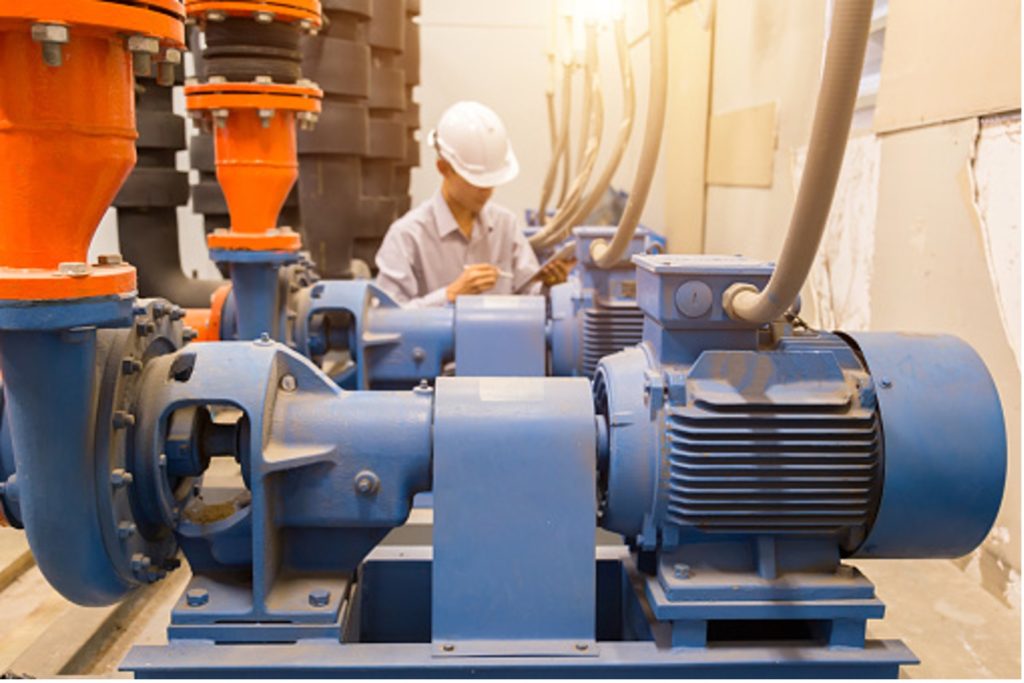
Furthermore Process Safety Meetings addressing possible developments (deviation) on Ex machinery with existing Ex certificate (any type: ATEX, IECEX, …) shall check the Ex compliance comparing to original status. Here an Ex repair facility shall be with additional value in order to create a safe environment for the whole modification (deviation) and confirm the compliance to valid and relevant standards. Marking shall be here:
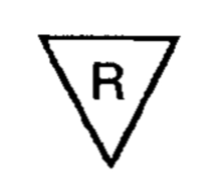
in accordance with the type of protection standards but not the certificate documentation this mark is to be used when either
a) the equipment is changed during repair or reclamation so that it still complies with the restrictions imposed by this standard and the explosion-protection standards to which it was manufactured, but repairer has insufficient evidence of full compliance with the certificate documentation; or
b) the standards to which the equipment was manufactured are not known, but the requirements of this standard and the current edition of the relevant explosion-protection standards have been applied but repairer has insufficient evidence of full compliance with the certificate documentation. An assessment, by a person competent in assessing explosion-protected equipment has been conducted to verify compliance with the relevant level of safety prior to release of the equipment by the repairer.
In these situations the Ex certification labels should not be removed.
NOTE These markings are required for the benefit of subsequent repairers and the only difference between the markings is the method of compliance.
Also when the when the repair or reclamation is in accordance with the relevent standard and the repairer has sufficient evidence of full compliance with the certificate documentation and/or manufacturer’s specification then marking shall be here;
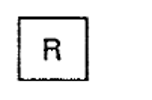
All the Process Safety Meetings address the process safety including all aspects of industry relevant safety to-do-s. Many aspects may have an effect on possible outcomes of all similar Process Safety Meetings, but in all cases for hazardous area industries the normal operation has already been predefined as a results of hazardous area compliance.
Possible failures and consequences are already there defined by equipment categories (see ATEX, but similar with IECEX). Ga/Da stands for 2 independent failures, Gb/Db goes for 1 possible failure, and Gc/Dc allows no failure with required level of safety. These are all existing / pre-defined safety measures as per part of Ex compliance. This kind of risk reduction shall be taken into consideration while coming to result of process and machinery safety issues.

Subject to further considerations shall be:
- human failure rate,
- Ex personnel competency,
- outcomes of Ex inspections and connected remedial actions,
- status of overall electrical and non.electrical explosion protection
- …
As a result, it should not go forgotten that EPD or any Ex compliance report has a significant impact for Hazop / FMEA meetings. In process safety related meetings, the Ex equipment compliance should always be questioned.
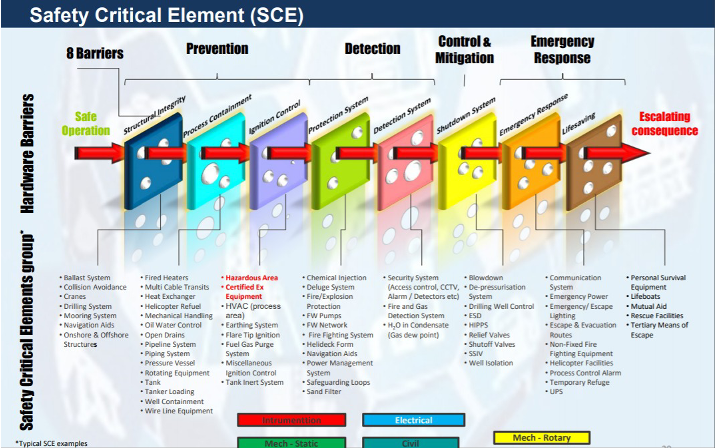
Remember that “normal operation” shall not be the basis unless the Ex equipment’s selection, design, installation, commissioning, operation, maintenance, overhaul and reclamation hasn’t been carried out by an Ex compliant service facility (Ex personnel competency shall be there) according to EN / IEC 60079-10, -14, -17 and -19.

In other words: if an Ex equipment or machinery (technology) that has undergone maintenance (repair, overhaul, …) does not have the above mentioned markings (E.g see R), then we cannot speak about normal operation when we define the failures and revision or if review of Ex compliance reports is required. Furthermore related to hazardous area industries the normal operation shall be available pre-defined prior to any PS meetings, so if not the PS meeting has one result immediately, let us work the normal operation out first.
Keep up good work!
Special Thanks for the contribution of Mrs. Gamze Balci.
Arpad
veress@exprofessional.com
exprofessional.com
User case 1
During an FMEA meeting an update of an Ex machinery shall be the scope of the meeting.
Change of substance and its consequences shall be assessed. During assessment of all documentations provided by team it turns out that it has undergone complete maintenance and not any Ex-confirmation certificate has been provided by the external Service team. Functionally it is ok, but not Ex. External Service team is not Ex competent( Might be refered to IEC 60079-19) . Normal operation cannot be defined.
Expert has advised to check valid Ex certificate of machinery (including all docs from manufacturer), and there is only one substance allowed, which is already there. So the FMEA meeting has ended here.
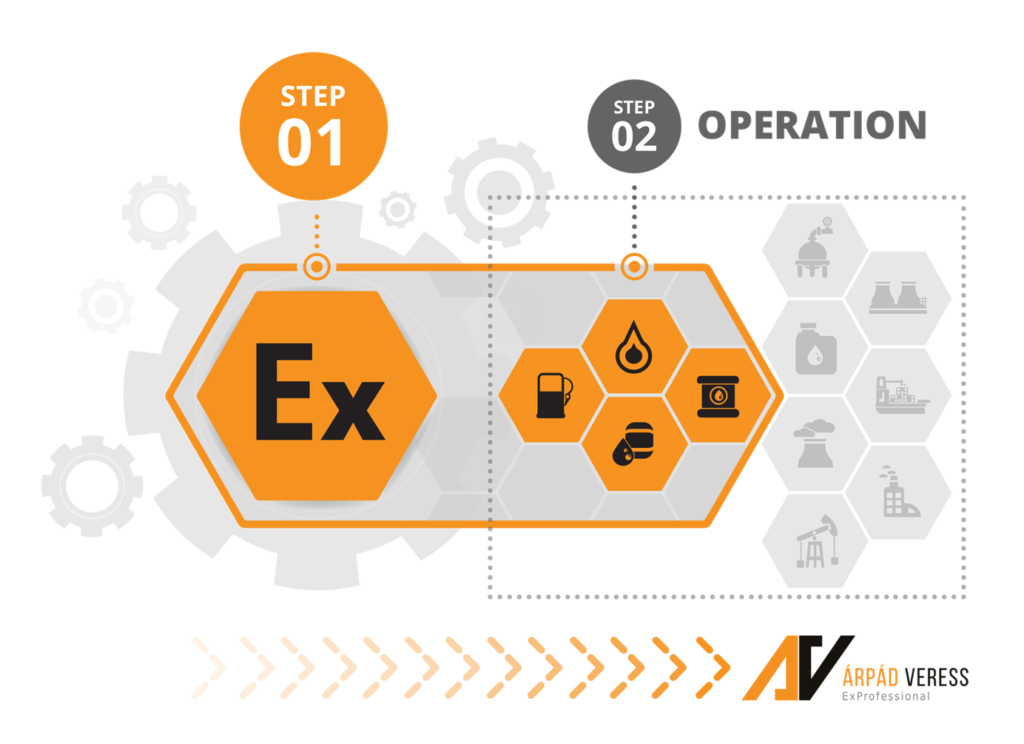
User case 2
During the HAZOP meeting, the sustainability of HAC, EPD or any relevant document related to Ex compliance should be discussed.
During this discussion a case of substitution of non ex electrical motor temporarily for an ex motor that goes to repair, was detected. And it turns out that there is no operational documentation to prevent this situation. Neither the necessity of choosing a certified/competent service facility to prevent the loss of ex functionality of the equipment that goes to the repair, nor the requirement that the equipment selected/replaced of the ex-equipment going for repair should not cause an additional ignition source.
HAZOP meeting can not go any further for this topic until EPD, HAC and other relevant document will be updated.
User case …
for sure many other cases we may list here. we are curious about your story, your inputs.





